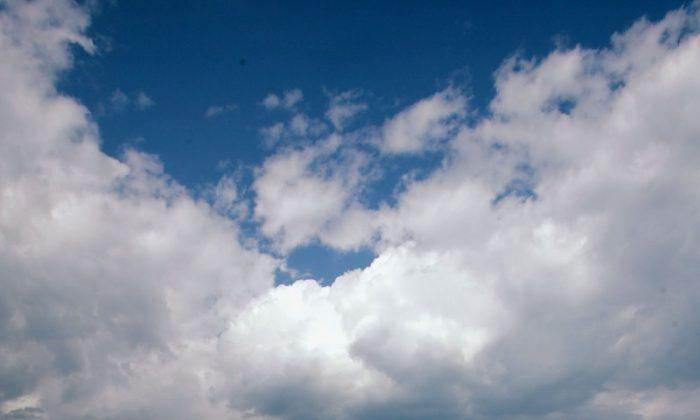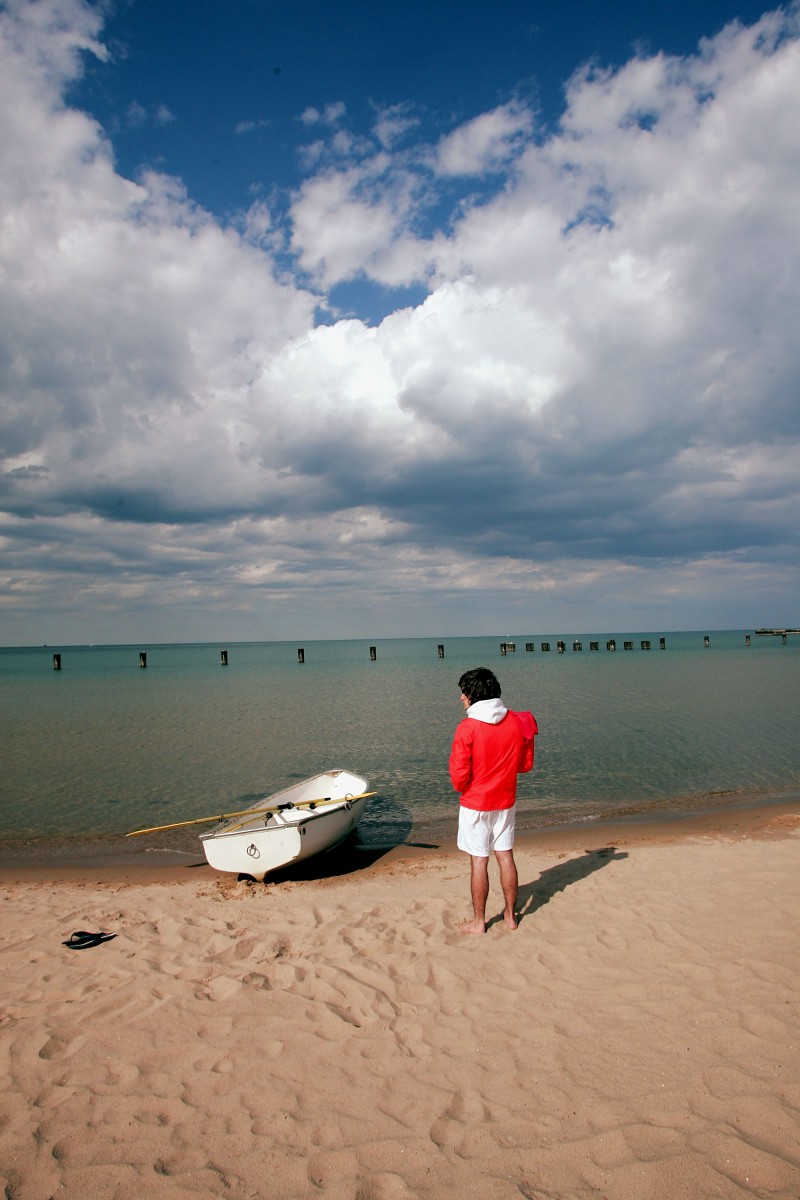CHICAGO—The Great Lakes are shrinking, and for those who live or work near the lakefront, the progress is easy to see. More dry land is exposed each year, freighters carry less cargo or risk beaching in shallow harbors, and long-forgotten shipwrecks now poke through the sinking surface.
Lake Michigan has been steadily receding since 1997, and last month the U.S. Army Corps of Engineers reported that the lake had reached its lowest level in recorded history. While water levels have dipped in the past, some worry that this time the water might be gone for good.
In a recent climate change forum just a few yards from the retreating waterline at Chicago’s Shedd Aquarium, Shedd’s senior research biologist, Dr. Phil Willink, explained that lake levels have fluctuated for centuries.
“There were times that this auditorium would have been underwater,” Willink said.
At the other extreme, evidence shows that in the distant past the Great Lakes were not nearly as great. Forty feet below the water’s surface, 7,000-year-old logs and stumps reveal that much of what is now water was once dense forest.
This ebb and flow pattern can even be observed over smaller periods of time, though the effect is more subtle. Nevertheless, the undulation of advance and retreat is a constant—part of water’s inherent character.
“So lake levels go up and down—we’ve known that for a long time,” Willink said. “What is really catching people’s attention now is what has been going on over the last few years: Lake levels have gone down, but they’re not going back up.”
Pinpointing a Cause
Dr. Willink discussed numerous factors found to contribute to lake loss, such as drought, increased water consumption, and the slow wake of retreating glaciers. Scientists still debate how much these variables influence the overall picture, but they do agree on the unmistakable significance of one particular factor, though its presence might be hard to notice.
“A lot of people know when it rains and snows. It’s pretty obvious when that’s going on,” Willink said. “A lot of people don’t realize that evaporation is also going on and that a tremendous amount of loss can happen to an aquatic system due to evaporation.”
Scientists have warned for years that the earth is becoming warmer, and rising temperatures have noticeably accelerated evaporation rates. In addition, a warmer lake also means less ice, which further accelerates water loss.
In the past, much of the Great Lakes would freeze over in winter months. But as recent temperatures continue to climb, this cold-weather protection is fading fast.
“By some estimates, ice cover in the Great Lakes has dropped by 70 percent in the past decade.” Willink said. “That’s a lot. We don’t have nearly as much ice as we used to.”
Adapting to Change
Taking all variables into account, scientists predict as much as nine feet of water loss over the next century. But even this worst-case scenario would only constitute about 1 percent of the total volume of Lake Michigan, and Willink believes that it will have little effect on biodiversity.
“It’s hard to picture a scenario where a lot of plants and animals that are living out in the middle of the lake are going to notice much of a difference,” he said.
Of course, some will fare better than others. Wetlands at the water’s edge, for example, face greater risk of change. However, scientists believe that if change happens gradually enough, even these ecosystems will have time to adjust.
“However, there’s one species in particular that has a lot of trouble with change. And that would be people.” Willink said. “And that’s where the problems are coming right now. Lake levels are changing and it’s the people that are being inconvenienced.”
Several industries have come to rely on a fairly predictable water depth, but nature does not seem to be cooperating. A number of remedies have been proposed to counteract the shrinking lake—such as dams and harbor dredging—but the projected costs are enormous. Furthermore, the long-term effectiveness of such remedies is questionable.
No one can know exactly how Lake Michigan will change over the next century, but according to Willink, the recent water loss teaches an important lesson: We need to better integrate nature’s fluctuation into our future endeavors.
“Nature is change, but the conflict is people want stability,” he said. “We need to take this change into consideration, and we have to let nature do its thing to some extent, but we still have to figure out a way to let people live comfortably alongside it.”







